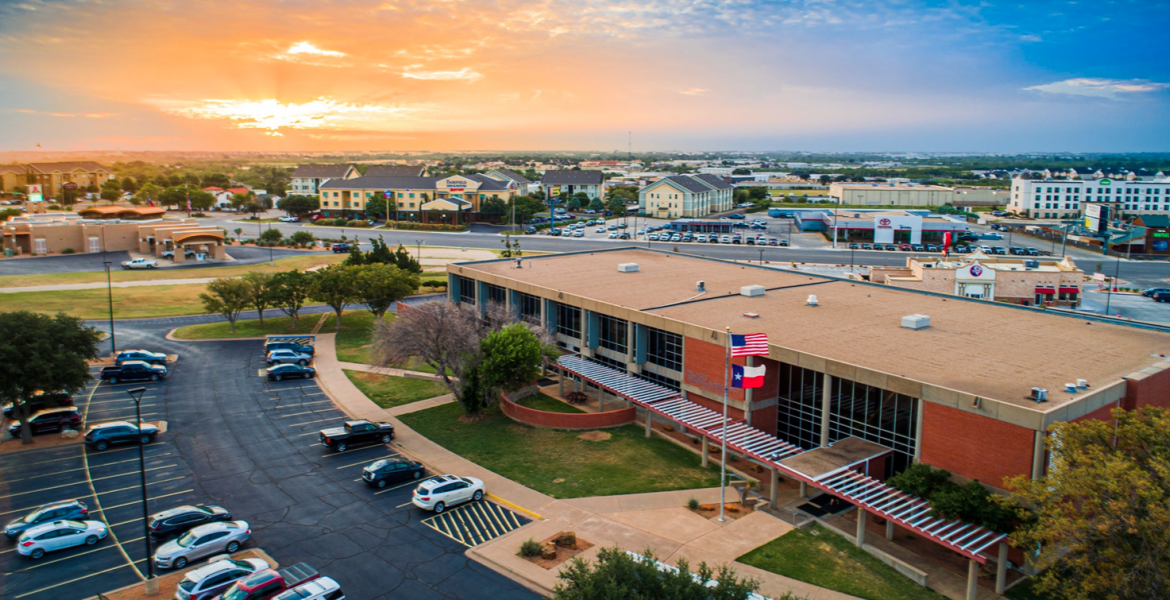WASHINGTON - The full moon that rises on Wednesday, Aug. 30, will be a special one because it's the unification of a supermoon and a Blue Moon, a "Super Blue Moon." According to Space.com, the moon won't appear particularly blue at this time, however. The term "Blue Moon" has nothing to do with color, instead referring to either two moons occurring in the same calendar month, or the third full moon in a season that has four full moons. A supermoon, meanwhile, refers to a full moon that occurs when the moon is closer to Earth in its orbit, resulting in a slightly larger and brighter appearance.
According to In the Sky, from New York City, August's second full moon will begin rising over the eastern horizon in the Aquarius constellation just after sunset tonight at around 7:10 p.m. eastern time. The Super Blue Moon will then set just before sunrise on Thursday, Aug. 31 at around 06:46 eastern.
The exact moment of the full moon is defined as the moment at which it is exactly opposite the sun. For the Super Blue Moon, this 180-degree separation from the sun with happen at around 21:36 EDT (0336 on Thursday, Aug. 31), according to NASA, and this is when it will be at its biggest and brightest.
Following the full moon on Wednesday, the moon will rise and set an hour later each night and the illuminated side of the moon will shrink or "wane." This leads to the next new moon on Thursday, Sept. 14, at which time the moon will be completely dark and will rise and set with the sun, meaning it is completely absent from the night sky. The new moon will mark the beginning of the next 29.5-day lunar cycle. Roughly two weeks after this will be the next full moon, September's Full Corn Moon. Falling on Sept. 29, this will be the fourth supermoon in 2023, and will also be the final supermoon of this year.
Supermoons happen because the moon's orbit around Earth is an oval or an elliptical shape rather than being perfectly circular. As a result, there are times during the moon's orbit when it is further away — at apogee — and times when it is closer — at perigee. The distance between Earth and the moon at perigee increases by around 14% compared to its distance at apogee, changing from around 253,000 miles (408,000 kilometers) away to around 220,000 miles (350,000 kilometers) away.
This 14% increase in proximity may sound substantial, but it doesn't make much difference to how the moon appears to the untrained eye, though it is technically larger and brighter in the night sky.
Super Blue Moon coincidences are rare, with NASA saying that they occur on average once every decade. Despite this, a Super Blue Moon could happen twice within the same month, or there could be as long as two decades between one Super Blue Moon and the next.
According to In the Sky, the next supermoon will be on Sept. 18, 2024. This will be the first of two supermoons next year and will be followed by a second supermoon a month later on Oct. 17, 2024.
Subscribe to the LIVE! Daily
Required






Post a comment to this article here: